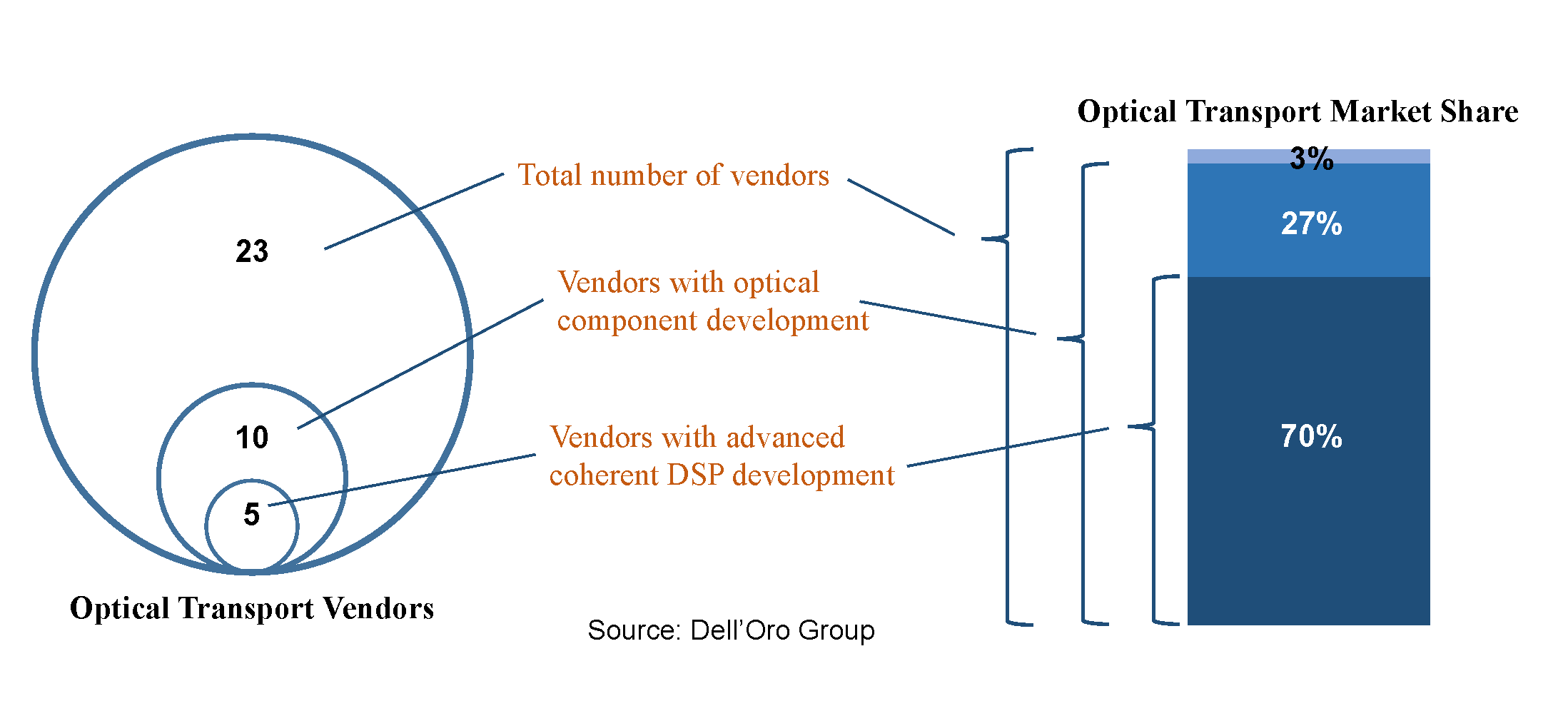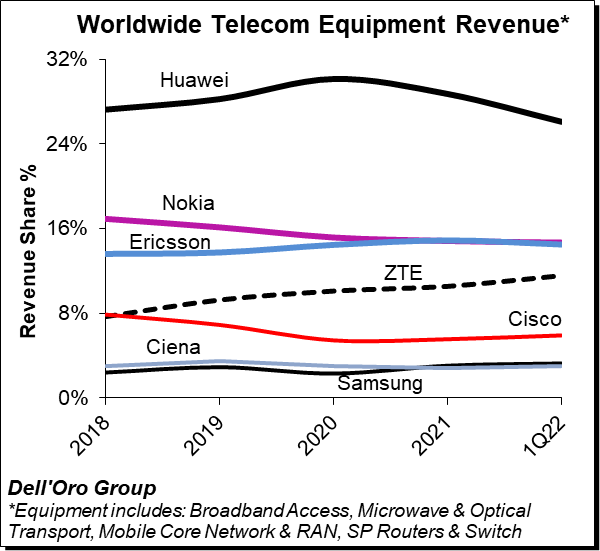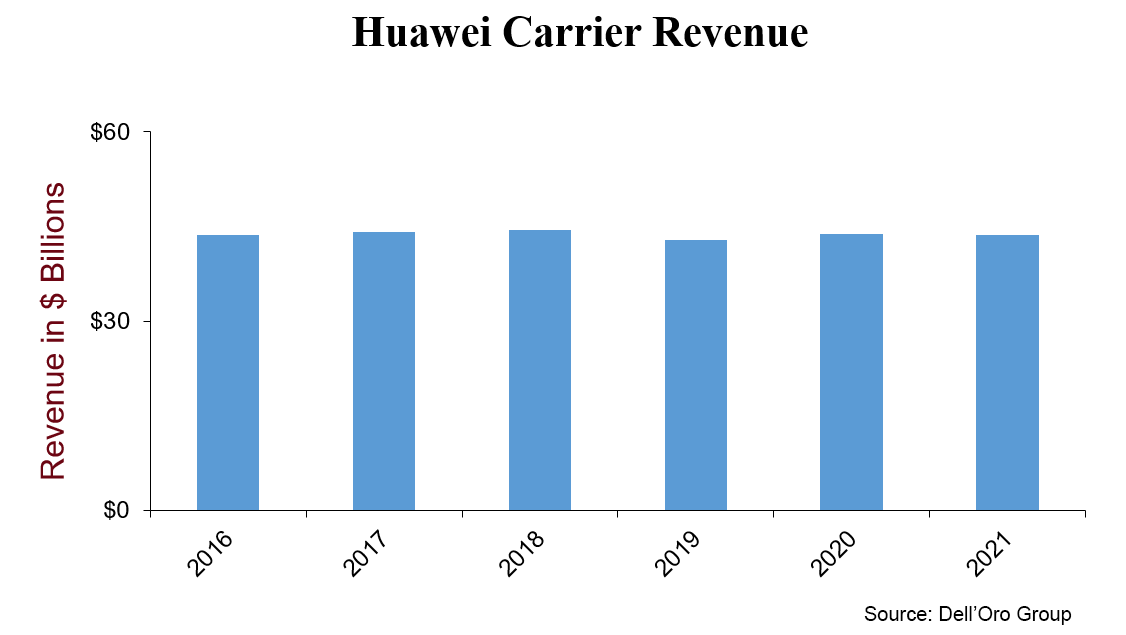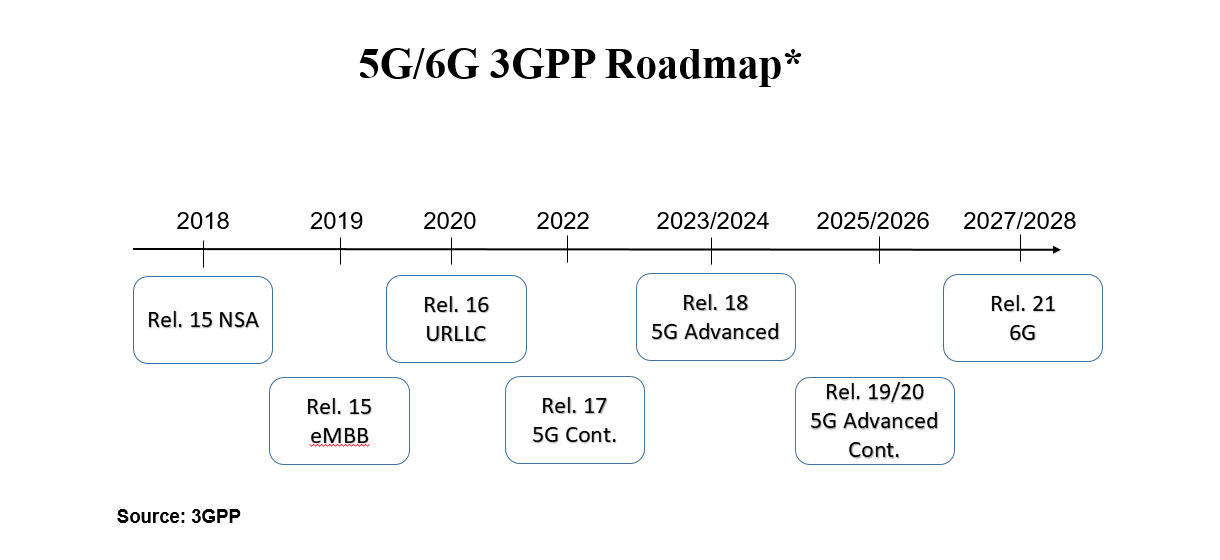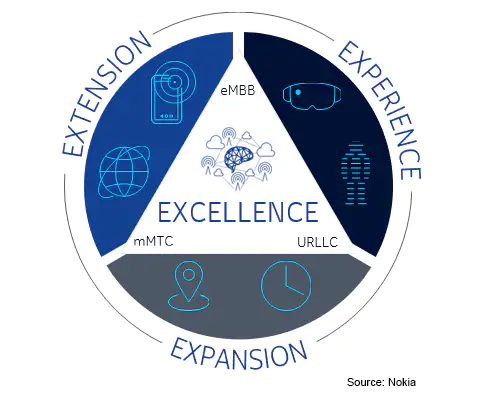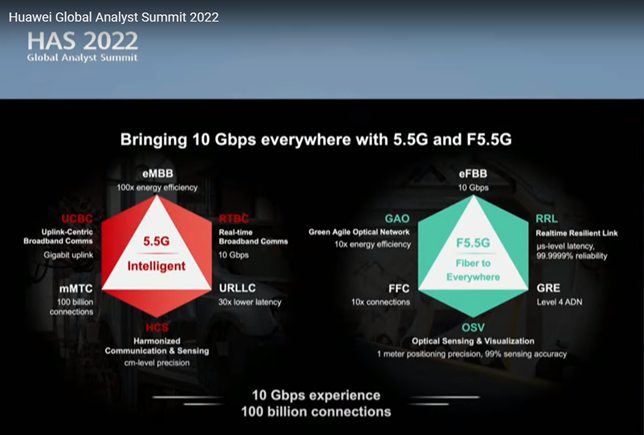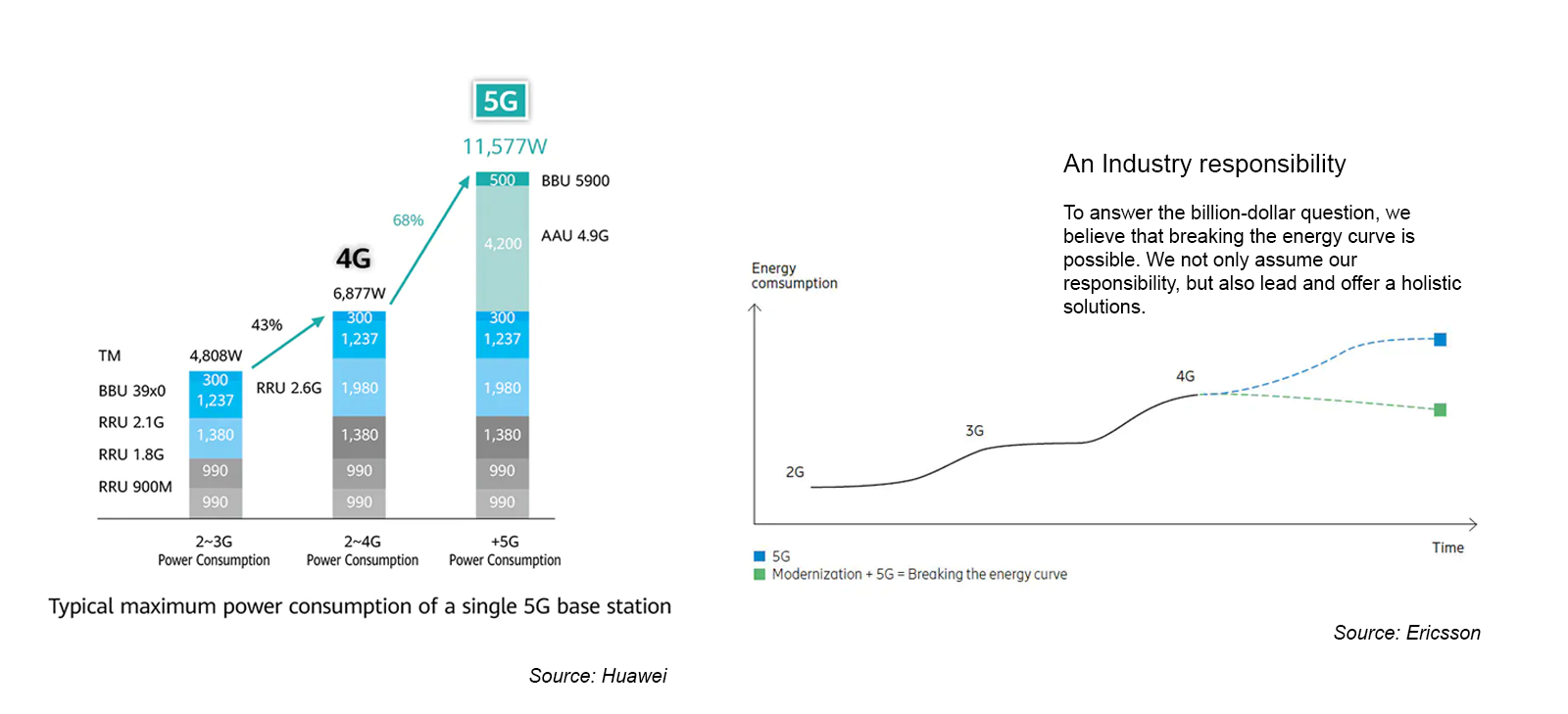[wp_tech_share]
In less than a month, the Fiber Broadband Association (FBA) will host its Fiber Connect event in Nashville, TN. The event’s timing couldn’t be better, as fiber deployments continue to surge in the US and abroad, despite the ongoing headwinds of component and labor shortages, inflation, and logistics snafus. The event should ultimately help to provide some clarity on how the entire industry will balance the rush to expand fiber networks and services with the need to maintain capital in an environment of higher interest rates and costs.
Overall investments in broadband infrastructure—specifically fiber networks—have skyrocketed, with private equity fueling a growing number of buildouts in North America. Investing in network infrastructure—which hasn’t been cool since the late 90’s—is suddenly all the rage. As such, the valuations of fiber networks have increased significantly, driven by increased demand for residential broadband, ongoing 5G network buildouts, and an expectation that fiber networks still need hundreds of billions in new investments to keep pace with expected bandwidth demand. Our own expectation is that spending on new PON OLT equipment (typically a strong indicator of new fiber network expansions in addition to bandwidth upgrade projects) is set to increase by 24% in 2022, with investments in XGS-PON infrastructure set to grow at an even higher rate.
Fiber access networks have reached a major tipping point, driven by the simultaneous catalysts of the shift to next-generation fiber technology and the shift to openness, disaggregation, and automation. North American broadband providers are quickly realizing that the need for increased throughput is matched by the need for a highly-scalable network that can respond quickly to the changing requirements of the service provider, their subscribers, and their vendor and application partners. The need to provision and deliver new services in a matter of hours, as opposed to weeks or months, holds just as much priority as the ability to deliver up to 10Gbps of PON capacity. Although service providers might have completely different business drivers for the move to open, programmable networks, there is no question that the combination of data center architectural principles and 10G PON technology is fueling a forthcoming wave of next-generation fiber networks upgrades.
The service providers that adopt the combination of 10Gbps PON and openness will be best prepared to accomplish three major goals:
- Deliver the advanced, 10Gbps capacity, and multi-gigabit services subscribers will expect and require using a cloud-native infrastructure that treats bandwidth and the delivered applications as workflows;
- Anticipate and weather rapid increases in traffic demand with a highly-targeted and elastic infrastructure that can be activated without a forklift upgrade;
- Develop an access network infrastructure that can process multiple workloads beyond broadband access, including hosted services that can be offered on a wholesale basis, as well as fixed-mobile convergence applications.
These advancements in fiber networks will certainly be discussed at the show, as service providers of all sizes share their experiences with the combined transition to fiber and increasingly automated network environments.
Of course, these discussions regarding specific fiber technologies, their deployments, and evolution, will occur against the backdrop of increased public investments in fiber network deployments. Specifically, the Department of Commerce released its rules for the $42.5B Broadband Equity, Access, and Development (BEAD) program last week and they very clearly favor the funding of fiber networks over satellite or fixed wireless options that use unlicensed spectrum for unserved locations. In addition, the rules clarify that areas that are currently only served by satellite or unlicensed FWA will be considered unserved, opening the door for individual states to use BEAD money to subsidize the deployment of end-to-end fiber infrastructure “wherever feasible.” Unserved areas are defined as those that lack access to speeds of 25Mbps downstream and 3Mbps upstream, while underserved areas are those without access to 100/20Mbps service.
Each state will be eligible to receive $100M from the BEAD program as an initial allocation. Any remaining funds for each state will be determined based on revised coverage maps scheduled to be released by the FCC later this year. Once those revised maps are released, the NTIA (National Telecommunications and Information Administration) will determine how much additional funding each state can receive.
The near-exclusive focus on fiber means that broadband expansion projects that had been placed on the back burner or were scheduled to be completed using unlicensed FWA or satellite will likely shift to fiber, assuming the additional costs of deploying fiber are fully covered under the program. That should mean an extension of the current fiber spending boom here in the US beyond 2024, which is when we had expected spending on PON infrastructure to slow as funding sources dried up.
Buy American Requirements and Supply Chain Constraints
One of the requirements for BEAD funding is that all construction materials must contain at least 55% domestic content. This requirement encompasses everything from fiber optic cable to PON OLTs and ONTs. A number of industry trade groups and equipment suppliers have requested waivers from the Buy American requirement since so much of the active electronics in fiber network buildouts are manufactured outside the country.
Indeed, given the current supply chain constraints, increased demand for new equipment and infrastructure, and increasingly global nature of equipment design and assembly, the Buy American requirement seems poorly timed. The intention, of course, is laudable. But it is inconsistent with the reality on the ground, which is that telecommunications infrastructure is one of the most globalized product segments in the world.
We are looking forward to conversations with vendors, network operators, consulting engineers, and industry trade organizations to understand the likelihood of waivers being granted so that projects can be initiated and completed in a more reasonable timeframe.
Now, what do you do with all that fiber?
With so many service providers constructing and expanding networks and helping to create a once-in-a-lifetime fiber boom, an important component of the Fiber Connect event will be how to make sure service providers maximize their investment. Whether it’s through the addition of new residential service tiers based on new parameters such as latency and upstream speed or whether it’s expanding to enterprise or wholesale mobile backhaul services, operators are going to want to hear from their peers on how to ensure the long-term success of their new fiber-based networks.
Service providers who deploy fiber will likely be surpassing their traditional cable competitors when it comes to billboard speeds. Obviously, that puts them at a perceived competitive advantage among potential subscribers. Nevertheless, going beyond competing simply on speed is where fiber providers will have to focus. Providers will have to provide the best in-home experience, making sure that the CPE they provide delivers WiFi coverage throughout a subscriber’s home, but also gives them the ability to remotely monitor and manage that device without having to roll a truck unless absolutely necessary. Residential gateway software has evolved considerably since the early days of TR-069, making it far easier to diagnose and troubleshoot subscribers’ network issues without sending out a technician.
But that the same time, in-home networks have also evolved and become far more complex than before. The number of connected devices has increased exponentially, as has the number of access points used to deliver WiFi coverage throughout homes. Service providers have to strike a balance between the sheer number of devices they are willing to provide a customer to ensure connectivity vs. the cost and management issues of those additional access points. With WiFi 6e and WiFI 7 providing access to the 6GHz band, service providers have to determine whether to use that band for access point backhaul or to provide direct connectivity to devices within the home.
With so many questions surrounding in-home networking, providers must also determine whether there is a business case behind charging their subscribers for managed WiFi services. The argument in favor of doing so certainly has increased with Plume, Calix, Adtran, DZS, and Minim all offering devices or a hosted service for operators. But there remain many operators who have not yet jumped on board. Their upgrades to fiber might push them into offering managed WiFi services. But for these operators, the business case has to be airtight.
Finally, providers wouldn’t be putting all this fiber into the ground if they weren’t expecting bandwidth requirements to continue to increase at annual CAGRs of 25-40%. So, what are the applications that will continue to drive that growth, and will speed boosts be enough or will operators need to have more granular control over latency and other parameters? Immersive video and 8k video have both been identified as short-term drivers of additional bandwidth, but also of reduced latency. Combine those services with prolonged work-from-home options and operators have to be smart about how they allocate bandwidth per service.
So, getting fiber into the ground and to subscribers’ homes is really just the beginning of an evolution for thousands of service providers around the world. How to maximize that investment will be the key question to answer for these providers.
